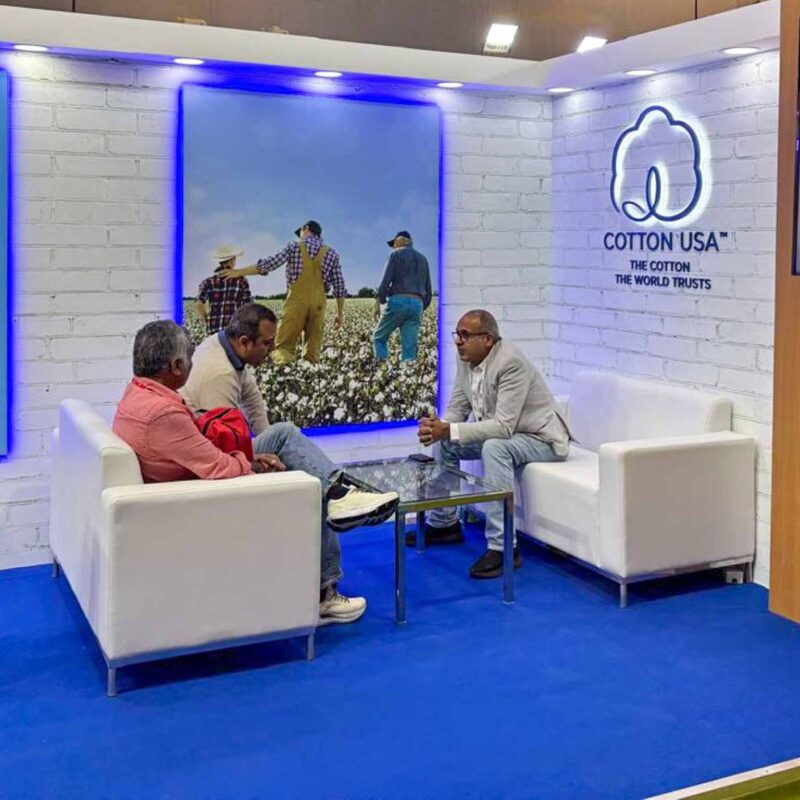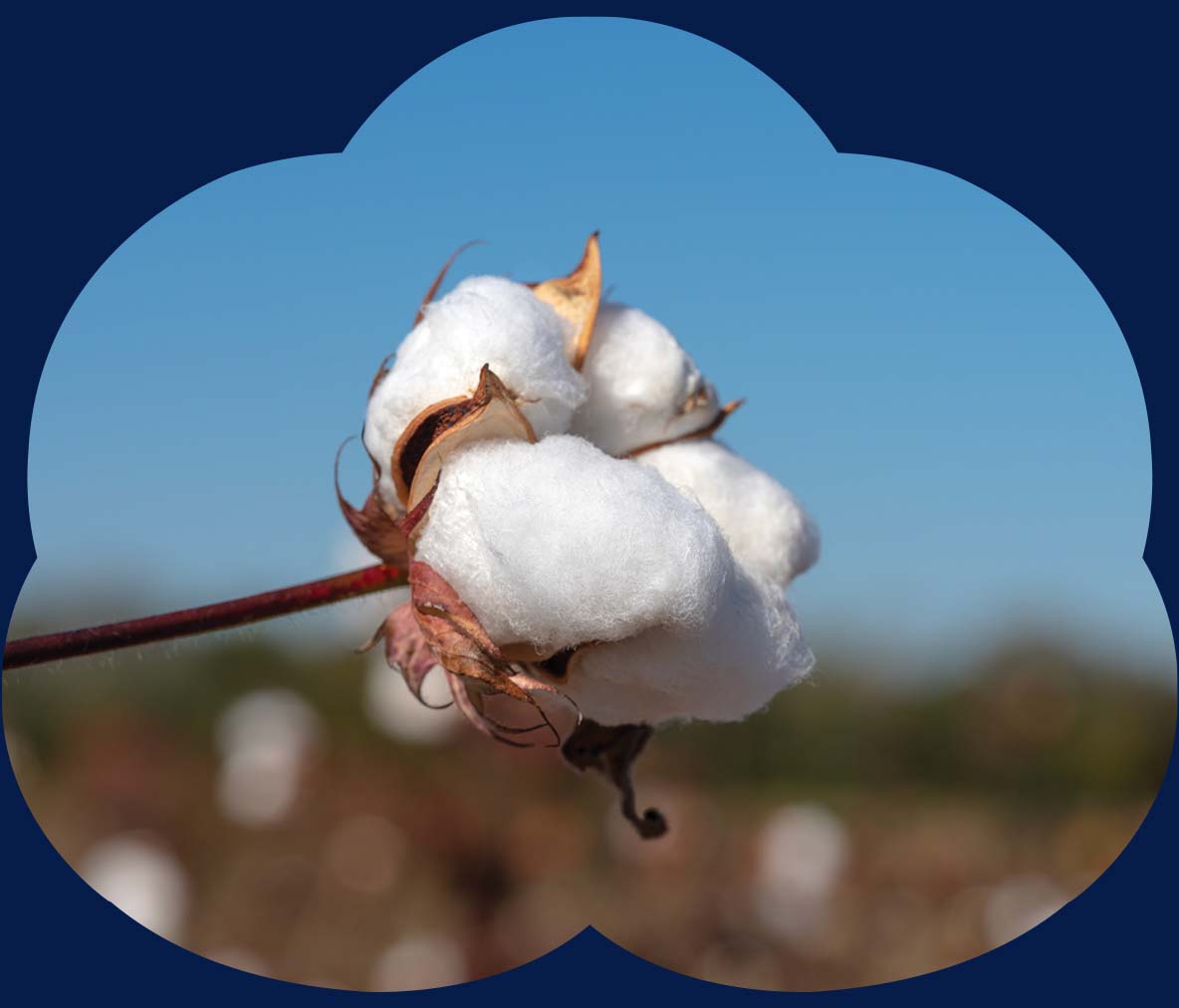
PRODUCT. PROGRAMS. PARTNERSHIP.
EXPERIENCE THE COTTON USA™ DIFFERENCE.
For COTTON USA™ it’s more than delivering a premium product. Like a concierge at a fine hotel, we surround you with elevated services, data and intelligence for a 5-star experience.
LEARN MORE
Outperform everyone.
We’ll show you how.
Our patented COTTON USA Mill Performance Index® benchmarks your mill’s performance against five key cost drivers and unlocks higher productivity and yields by using U.S. cotton. It’s just one of our business-building programs with COTTON USA SOLUTIONS®.
LEARN MORE
U.S. Cotton Trust Protocol®.
SUSTAINABILITY. TRACEABILITY.
It’s the only program that gives you quantifiable measurement across six key sustainability measures. And the first to offer article-level traceability.
GET STARTEDWHAT’S NEW IN COTTON®

EVENTS AND NEWS
Read about our latest news and recent events, including our COTTON USA™ booth at Bharat Tex 2025.
LEARN MORE
LATEST REPORTS
Get live market pricing, weekly export and market reports and much more.
SEE LATEST REPORTS

